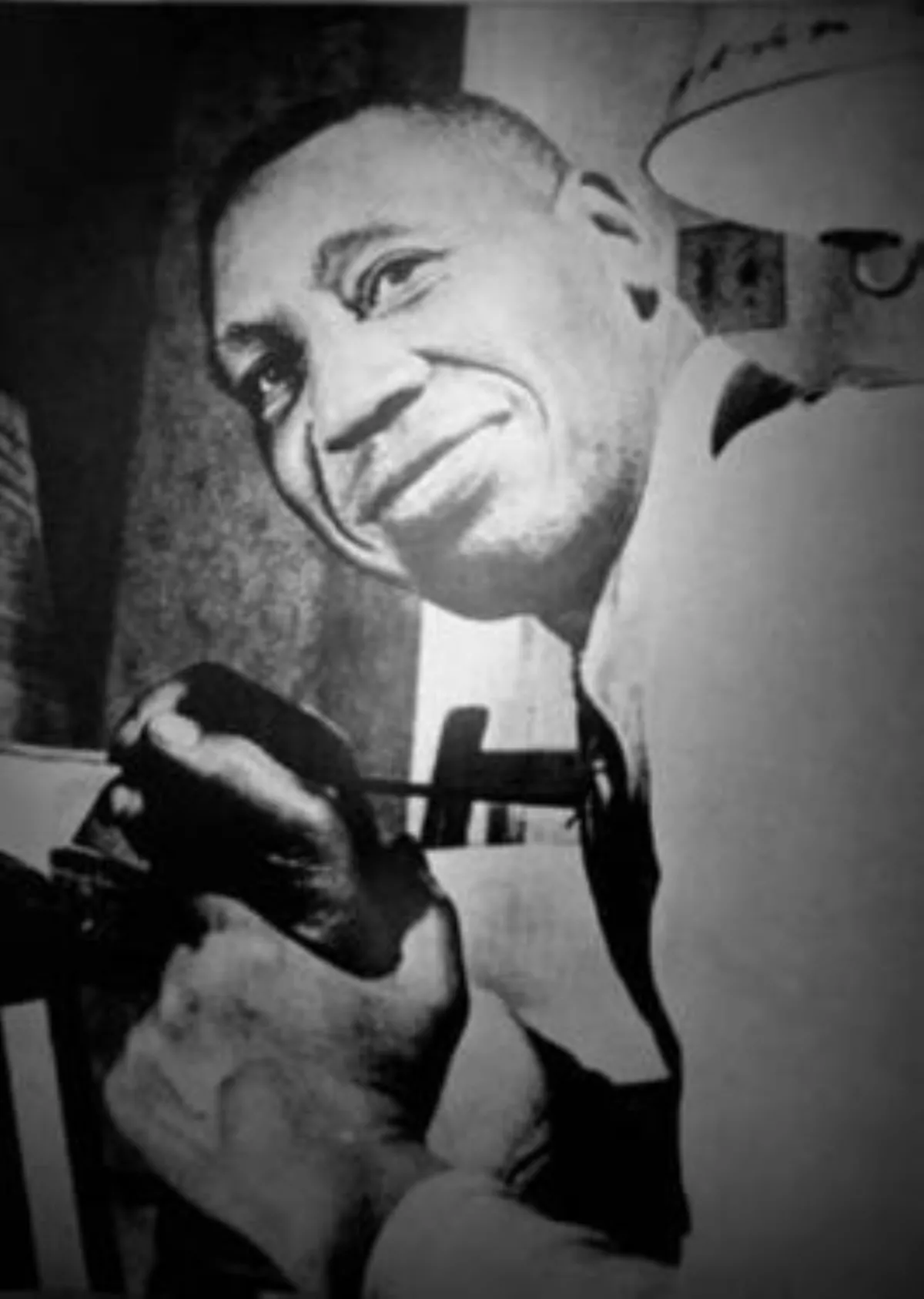 1.
1. Horace Pippin was an American painter who painted a range of themes, including scenes inspired by his service in World War I, landscapes, portraits, and biblical subjects.

 1.
1. Horace Pippin was an American painter who painted a range of themes, including scenes inspired by his service in World War I, landscapes, portraits, and biblical subjects.
Horace Pippin is buried at Chestnut Grove Cemetery Annex in West Goshen Township, Pennsylvania.
Horace Pippin's mother was Harriet Johnson Pippin, and his father was Horace Pippin, Sr.
Horace Pippin grew up in and around Goshen, New York, and attended church at St John's African Union Methodist Protestant Church.
In 1898, Horace Pippin responded to an art supply company's advertising contest and won his first set of crayons and a box of watercolors.
Horace Pippin apparently liked to draw the racehorses and jockeys from Goshen's celebrated, trotter racetrack.
Horace Pippin attended segregated schools until he was 15, when he went to work to support his ailing mother.
In World War I, Horace Pippin served in K Company, the 3rd Battalion of the 369th infantry regiment, known for their bravery in battle as the famous Harlem Hellfighters.
In September 1918, Horace Pippin was shot by a German sniper, probably during the capture of Sechault, which was part of the Meuse-Argonne Offensive.
Horace Pippin was retroactively awarded a Purple Heart for his combat injury in 1945.
Horace Pippin returned to war subjects periodically throughout the 1930s and 1940s, and later said that WWI "brought out all the art in me".
Immediately after the war, Horace Pippin moved to Bellville, New Jersey, with his brother and worked as a truck driver.
Horace Pippin moved to his wife's home in West Chester, Pennsylvania, where city directories from the mid-1920s list him as a laborer.
Horace Pippin took up art in the 1920s and began painting on stretched fabric in 1930 with The Ending of the War: Starting Home.
Horace Pippin addressed a range of themes, from landscapes and still lifes to biblical subjects and political statements.
Horace Pippin attended art appreciation classes at the Barnes Foundation in the spring 1940 semester.
Horace Pippin's paintings were featured in annual or biennials at the Art Institute of Chicago, Chicago, Illinois; Carnegie Institute, Pittsburgh, Pennsylvania; Corcoran Gallery of Art, Washington, DC; Pennsylvania Academy of the Fine Arts, Philadelphia, PA; and the Whitney Museum of American Art, New York, as well as thematic surveys at the Dayton Art Institute, Ohio; National Gallery of Art, Washington, DC; Newark Museum, Newark, New Jersey; and Tate Gallery, London, UK.
Horace Pippin's oeuvre includes a variety of subjects and compositional strategies.
Horace Pippin painted World War I several times thereafter in the 1930s and once more in 1945.
Horace Pippin painted several religious subjects, which align with his roles as a Sunday school teacher and member of a church choir in West Chester.
Horace Pippin painted two self portraits, including one seated at the easel.
Horace Pippin's painting of John Brown Going to his Hanging is in the collection of the Pennsylvania Academy of the Fine Arts in Philadelphia is part of a trilogy on the abolitionist sometimes credited with igniting the Civil War.
Horace Pippin made Mr Prejudice in the midst of World War II at the request of an unidentified patron, probably for use as a poster or illustration.
Horace Pippin made two portraits of the celebrated Black contralto Marian Anderson, not long after her famous 1939 concert on the steps of the Lincoln Memorial, and dedicated a painting to Paul Robeson.
Horace Pippin left The Park Bench unfinished in his studio at this death on July 6,1946.
Horace Pippin has since been the subject of major retrospective exhibitions, several scholarly books and articles, a book of poetry, and several children's books.